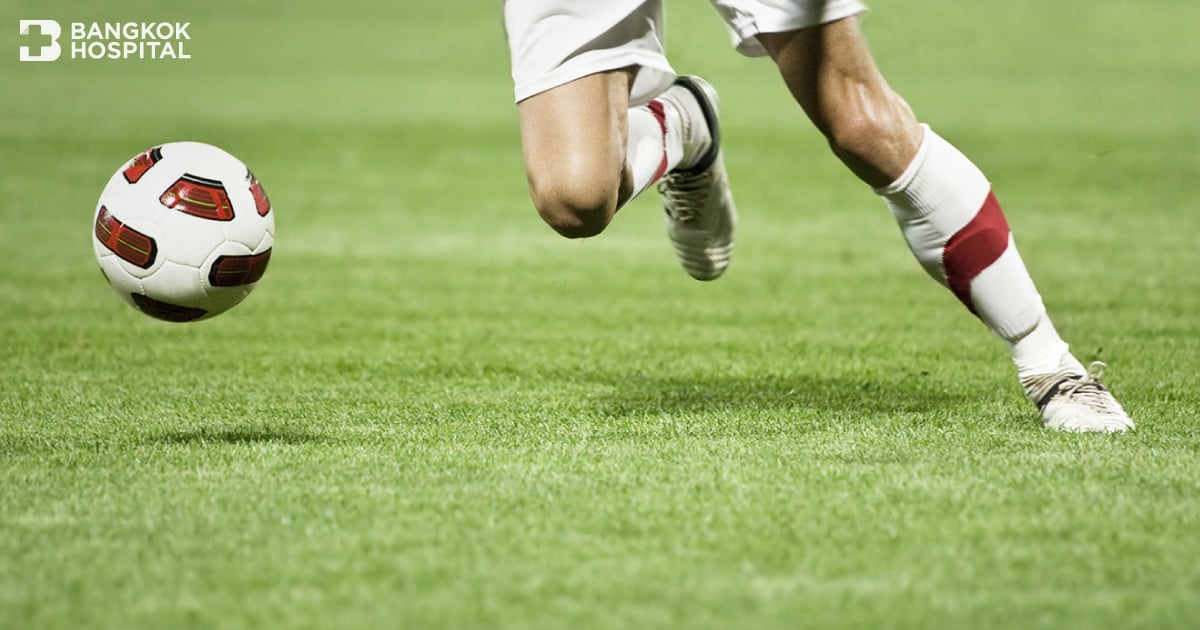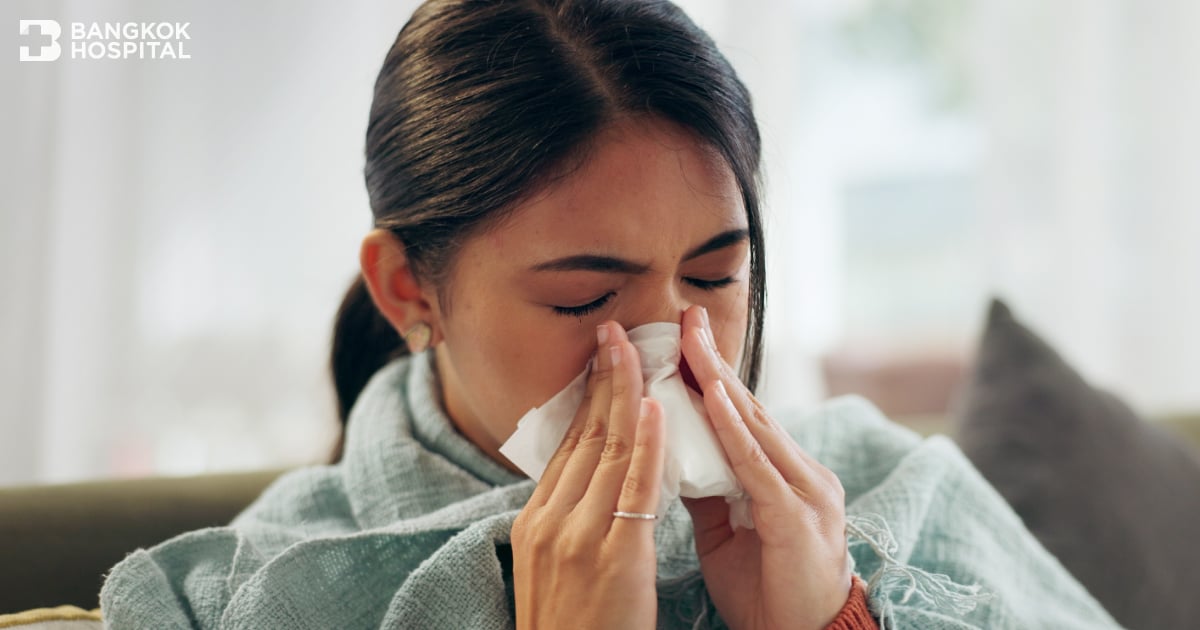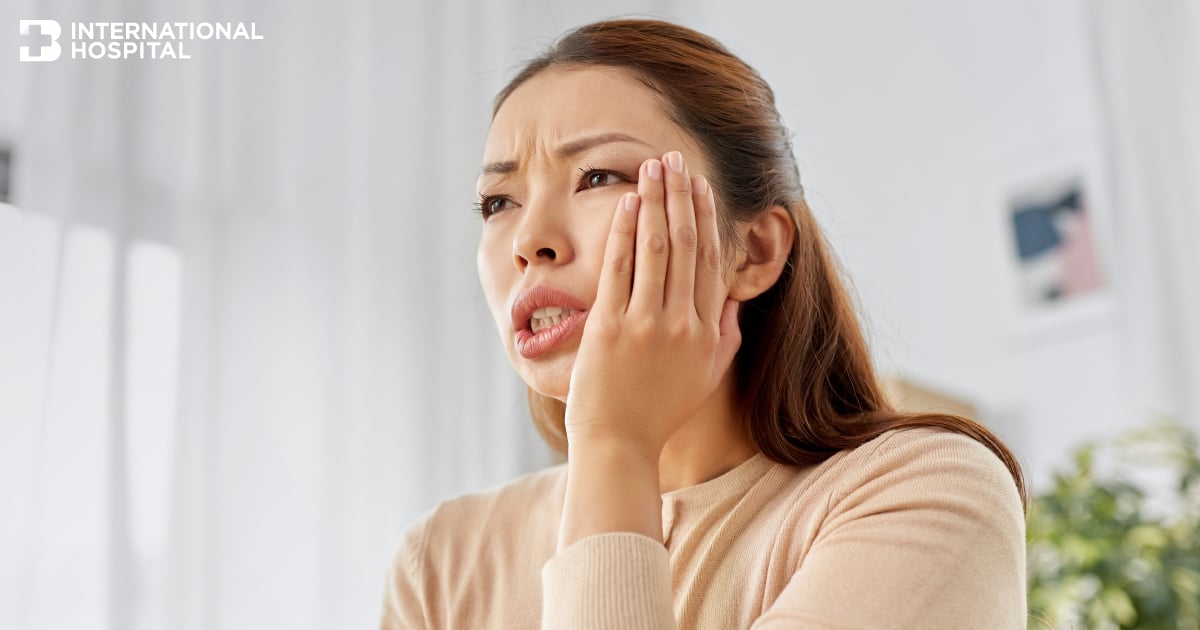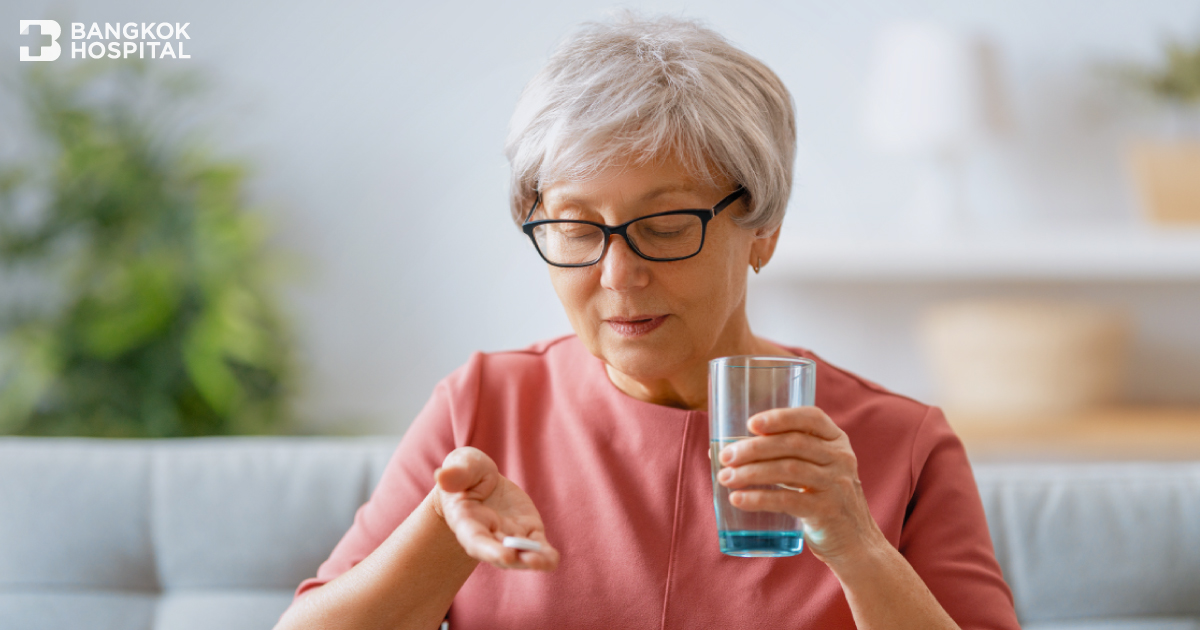Exercise Correctly
There are many ways to exercise, ranging from gentle, slow continuous walking, to brisk walking with arm swings, leg lifts, aerobics, etc., progressing to more intense and heavy exercises. However, exercising is not about following others but choosing what is suitable for oneself and most beneficial for the body. The main principle of correct exercise is to involve the main muscles or large muscle groups, such as the muscles of the arms, legs, abdomen, neck, including the lungs and heart, with the goal to make the muscles work, strengthening them.
One should be cautious while exercising to observe if the heart beats too strongly, to the point of breathlessness to where one cannot speak, feeling dizzy as if about to faint, one should stop and rest and not overdo it. Even though exercise should be continuous, it should not be done sporadically with too much strain. Before exercising, one should warm up for 5 – 10 minutes to increase blood flow to different parts of the body, prepare for the exercise, and after exercising, one should not stop immediately but should gradually cool down until breathing returns to normal before stopping the exercise.
Knee Injuries Can Be Taken Care Of
In football athletes, knee injuries are common, second only to ankle injuries, and often cause serious problems and take months to heal. Nowadays, with a better understanding of the mechanics of the knee, it’s possible to treat and correct problems that couldn’t be fixed in the past or had poor outcomes, achieving great results and returning to play at the same or a nearly similar level. However, prevention is always better than waiting to treat an injury after it happens. Most causes are from collisions, twisting of the knee, when collisions or tackling, jumping, or quickly lifting the foot not to press on the ground can help reduce the severity of twisting or impact. Injuries not caused by collisions often stem from muscles being too tense, not flexible, or strong enough, causing knee injuries, but these tend to gradually develop or accumulate rather than result from immediate impact and tearing.
For prevention, all elements matter, including the condition of the field, shoes, the attitude of fellow players, and internal factors of the knee itself, be it past injuries or muscles not being flexible and strong enough. These factors are always crucial in preventing injuries. And not just for the knees but when an injury occurs, initial first aid is to lie still and wait for someone, perhaps a friend or a physical therapist, not to try and move immediately, apply cold packs, after a while, try to move the knee on your own, observing where it hurts, trying to bend and straighten the knee, gradually applying weight, and notice if swelling occurs immediately or if there’s a sound like tearing of ligaments at the moment of the accident; these are important when seeing a doctor. But if it hurts too much to move, it’s essential to stabilize with a stick or device available and wrap with a cloth to hold it firmly. If the knee is deformed twisted.
“Do not try to press, push, pull, or adjust it back into place yourself, stabilize it in that position until you can see a doctor.”
Treating a Torn ALC
The treatment depends on the injury received, where the specialist will perform a physical examination, history taking, or further x-rays or scans. If there is immediate knee swelling, it often indicates something torn in the knee and bleeding, with statistics showing more than 80% being a tear of the anterior cruciate ligament or ACL and over 60% of ACL tears also involve a torn meniscus. If such is the case, the doctor will likely apply a soft cast and prescribe anti-inflammatory medication for about 1 week, after which the swelling and acute inflammation decrease, surgery to repair with arthroscopy will be considered.
Fast Recovery with Arthroscopy
Since the torn anterior cruciate ligament has tension, when torn, each end of the ligament retracts from each other over time, so self-healing does not occur. Currently, arthroscopic surgery to treat the ligament, meniscus, cartilage, etc., is considered an effective treatment, quick recovery, and starts physical therapy quickly. Patients can bend their knees from the first 24 hours and begin physical therapy immediately, and walking with crutches varies according to the injured part, meaning it ranges from not necessary at all to fully necessary for 3 weeks, especially in professional athletes where the doctor will aim to rehabilitate the knee to function well, close to its original condition as much as possible.
Alter – G, Weightless Treadmill Running
The rehabilitation of knee muscles after surgery with physical therapy equipment Alter – G (Anti-Gravity Treadmill) a treadmill in a weightless condition, like walking inside an air balloon, does not feel pain while bearing weight, helps to move quickly, aids in the rehabilitation of athletes or patients after knee, ankle surgery, or even those who are overweight wanting their body to be strong, requires exercise to allow joint and muscle movement, wanting the lungs and heart to work fully to enhance fitness through oxygen energy usage. However, if there are problems with weight-bearing, exercising by running might not be possible, thus Alter – G (Anti-Gravity Treadmill) has been designed to have an equipment similar to an airbag to help support up to 80% of the body weight, meaning, during running, only 20% of the body weight is being borne on the problematic area.
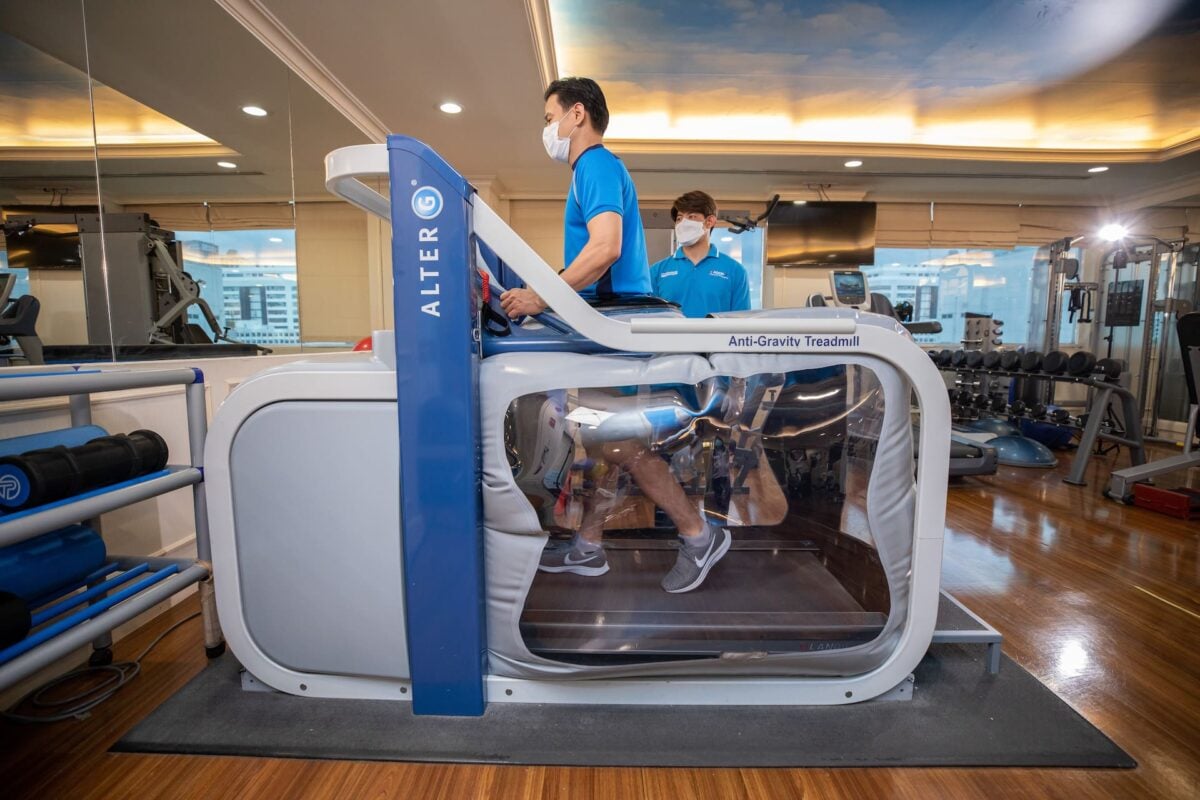
Everyone must be cautious of all types of injuries, by being well-prepared. Muscles must be strong and flexible, not going to play football with strong, flexible muscles is incorrect. There must be a good and prolonged warm-up, equipment must be good, importantly, must have an attitude of not harming the opponent, which FIFA emphasizes a lot and is in the FIFA 11+ rules for injury prevention, and lastly, Fair Play
“Good health is not for sale, if you want it, you have to do it yourself. Taking proper care of oneself, eating nutritious food, getting enough rest, coupled with regular exercise.”

